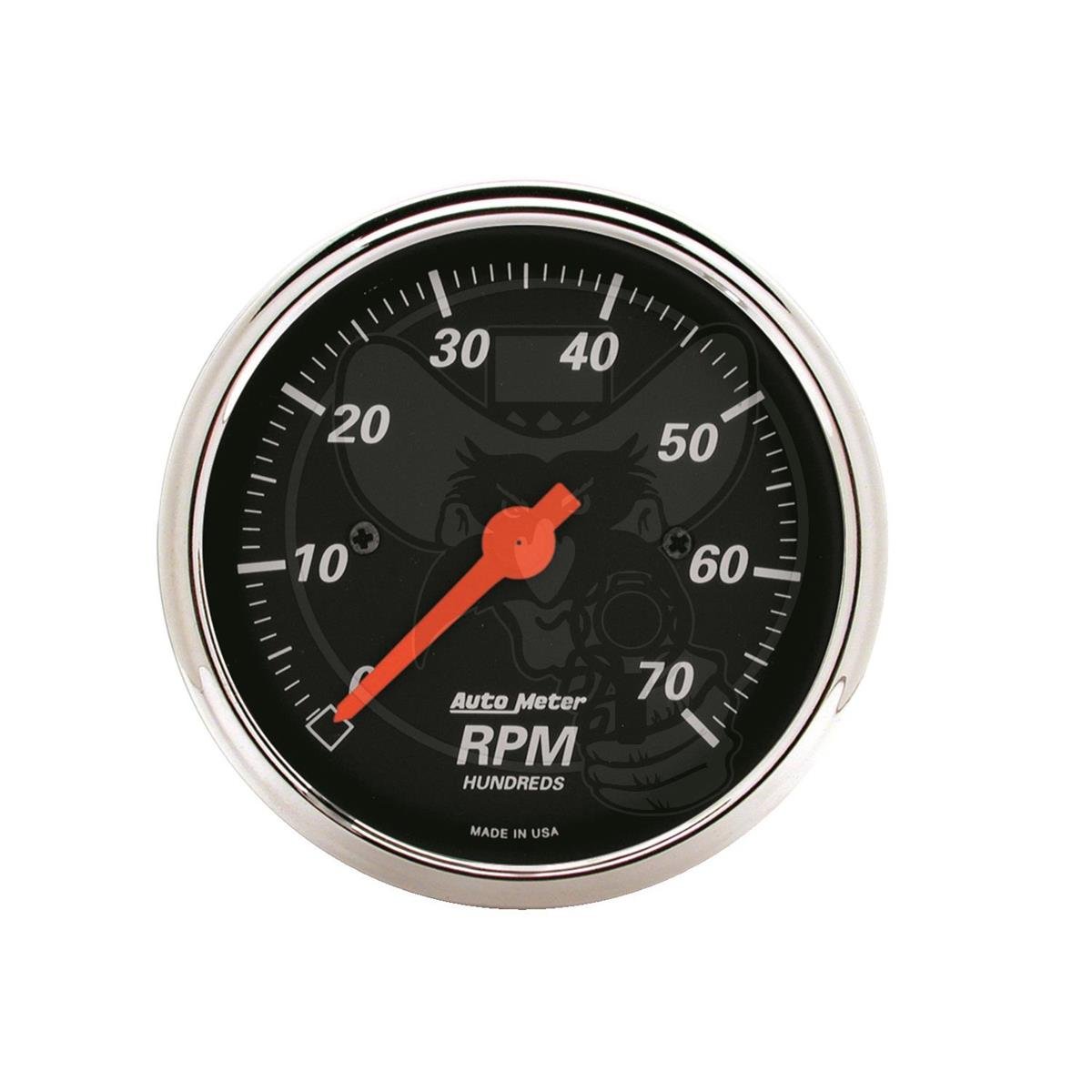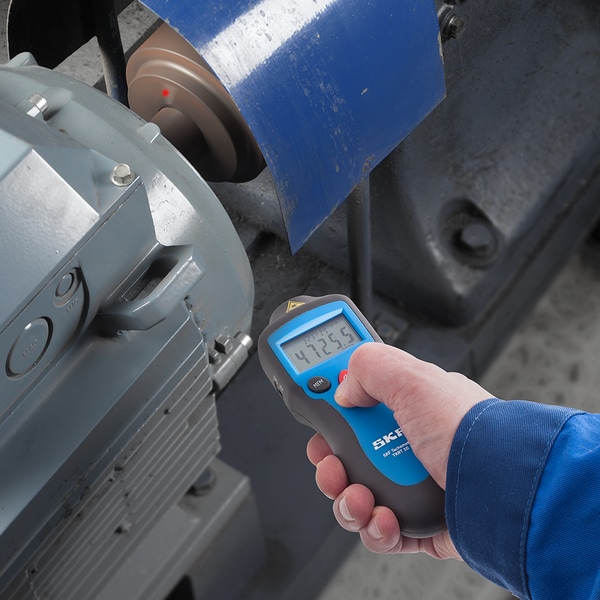Tachometer Acquiring Guide: Attributes to Try To Find and Best Brand names
Tachometer Acquiring Guide: Attributes to Try To Find and Best Brand names
Blog Article
The Value of a Tachometer in Checking Engine Speed and Performance in Automotive Applications
In the world of vehicle design, the tachometer stands as a pivotal instrument in the driver's arsenal, providing a direct home window into the inner operations of an automobile's engine. Past its function as a plain gauge of revolutions per minute (RPM), the tachometer serves as an essential device for lovers and professionals alike, providing real-time insights right into engine performance and health and wellness.
Value of Keeping Track Of Engine RPM
Monitoring engine RPM, or changes per min, is an important aspect of auto maintenance and performance analysis. Engine RPM directly correlates with the rate at which the engine's crankshaft revolves, indicating just how rapidly the engine is running - tachometer. By keeping track of RPM, mechanics can evaluate the health of the engine, discover potential issues, and fine-tune efficiency. An irregular RPM reading may indicate issues such as engine misfires, damaged ignition system, or problems with the gas shipment system. Consistently high RPM analyses could suggest hostile driving practices or the demand for a greater equipment shift to boost gas performance.
Moreover, checking engine RPM is crucial for performance examination in auto racing and high-performance vehicles. In recap, monitoring engine RPM is not just vital for detecting issues yet additionally for enhancing engine efficiency in different auto applications.

Advantages of Real-Time Information
In automobile applications, real-time data plays an essential duty in giving instantaneous insights right into the efficiency and problem of the car. By continually monitoring numerous criteria such as engine rate, temperature level, fuel consumption, and a lot more, real-time data uses countless advantages that contribute to boosted performance and security when traveling.
One substantial benefit of real-time data is its ability to alert motorists and professionals to any abnormalities or problems without delay. This aggressive approach allows fast recognition of possible issues, permitting prompt interventions to stop further damages or failures. Additionally, real-time information promotes performance optimization by providing instant responses on driving behaviors and engine effectiveness. Vehicle drivers can change their behavior in real-time based on this details to attain better gas economy and extend the life expectancy of their lorry.

Moreover, real-time information plays a vital role in contemporary automotive diagnostics, making it possible for professionals to quickly identify and address malfunctions. This causes lowered downtime, lower upkeep prices, and eventually, improved general car reliability and long life (tachometer). By utilizing the power of real-time information, auto stakeholders can make informed choices that favorably impact both the efficiency and long life of the automobile
Effect On Equipment Shifts
The tachometer plays a vital role in maximizing equipment changes by giving real-time engine rate data to the vehicle driver. When approaching the redline on the tachometer, it indicates the driver to upshift to avoid over-revving the engine and creating prospective damage.
Additionally, the tachometer aids in attaining smoother equipment changes, specifically in hand-operated transmissions. By keeping an helpful site eye on engine rate, motorists can implement equipment shifts at the optimal RPM array, decreasing snagging movements and reducing endure the transmission components. This precision in gear modifications not only improves driving comfort yet additionally adds to fuel performance.
Enhancing Fuel Performance
Provided the important role the tachometer plays in enhancing gear shifts for performance and engine wellness, it straight adds to making best use of gas efficiency in automobile applications. By giving real-time responses on engine speed, the tachometer assists drivers in preserving one of the most effective RPM variety for fuel economy. When drivers regularly keep track browse this site of the tachometer and adjust their driving routines as necessary, they can prevent unnecessary gas usage triggered by over-revving or carrying the engine.
Moreover, the tachometer aids drivers determine the most fuel-efficient equipment to be in at any kind of provided moment, protecting against the engine from working more challenging than necessary. In conclusion, the tachometer serves as a useful tool in improving fuel effectiveness by promoting optimum driving practices and recognizing areas for improvement in the automobile's performance.

Making The Most Of Engine Longevity
The tachometer's duty in keeping an eye on engine rate and efficiency is critical in guaranteeing the durability of automotive engines. By using the tachometer effectively, chauffeurs can maximize engine long life via conscious RPM management. Consistently revving an engine too expensive can bring about extreme damage on critical elements, such as the pistons, shutoffs, and bearings. Over time, this can cause reduced engine efficiency and prospective breakdowns. Checking the tachometer permits chauffeurs to stay within the advised RPM variety for their vehicle, preventing unnecessary stress on the engine and prolonging its life-span.

Conclusion
To conclude, the tachometer plays a vital function in monitoring engine rate and efficiency in vehicle applications. By providing real-time information on RPM, it enables efficient equipment shifts, boosted fuel performance, and taken full advantage of engine durability. This tool is essential for preserving optimal engine efficiency and making certain the total performance of a car.
Report this page